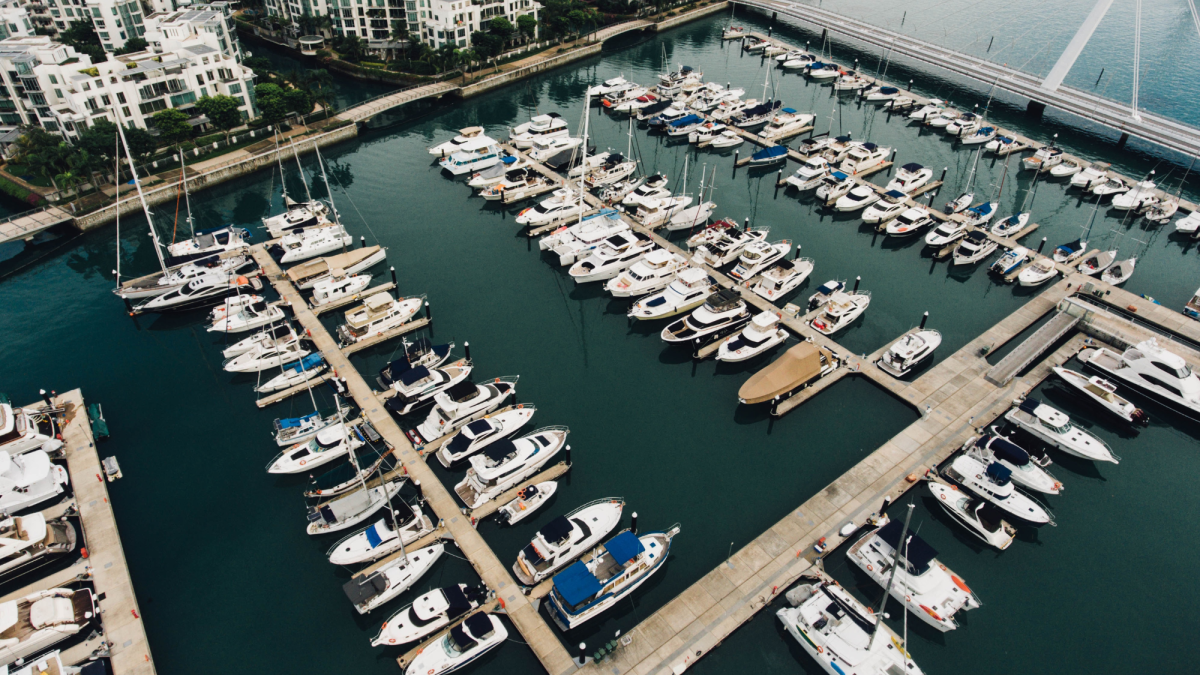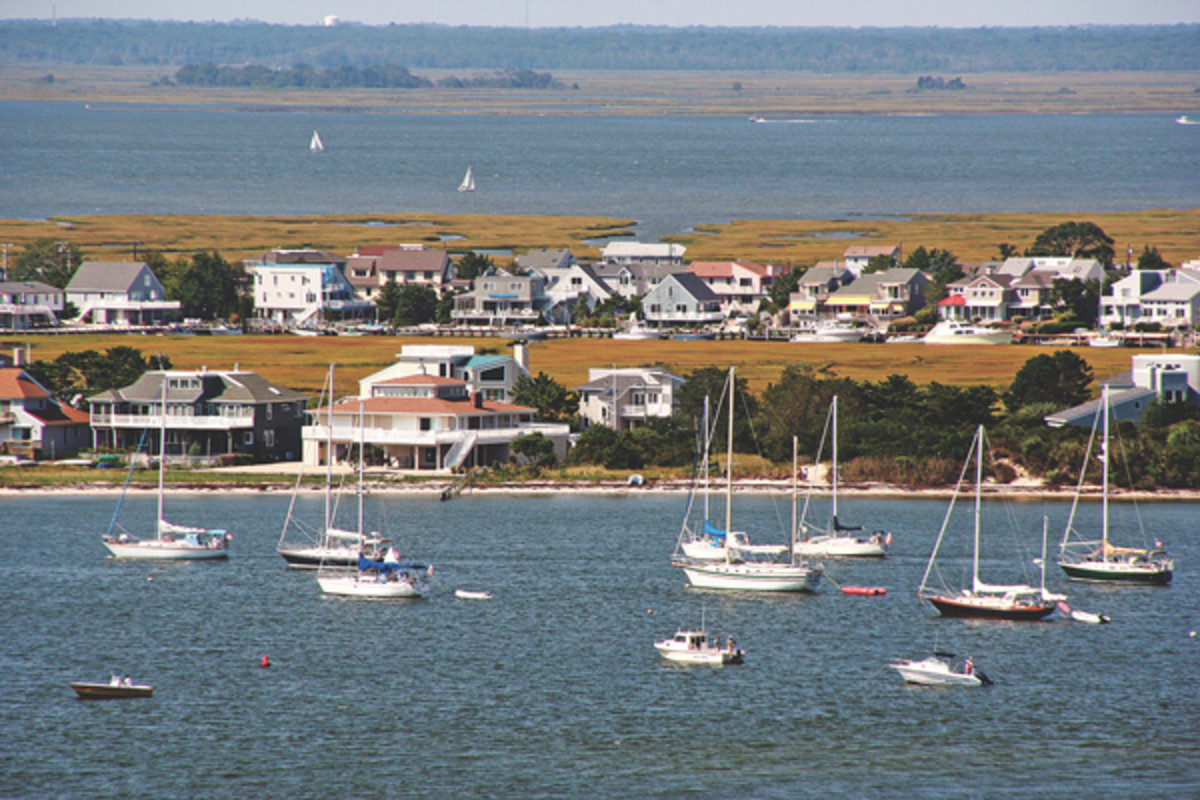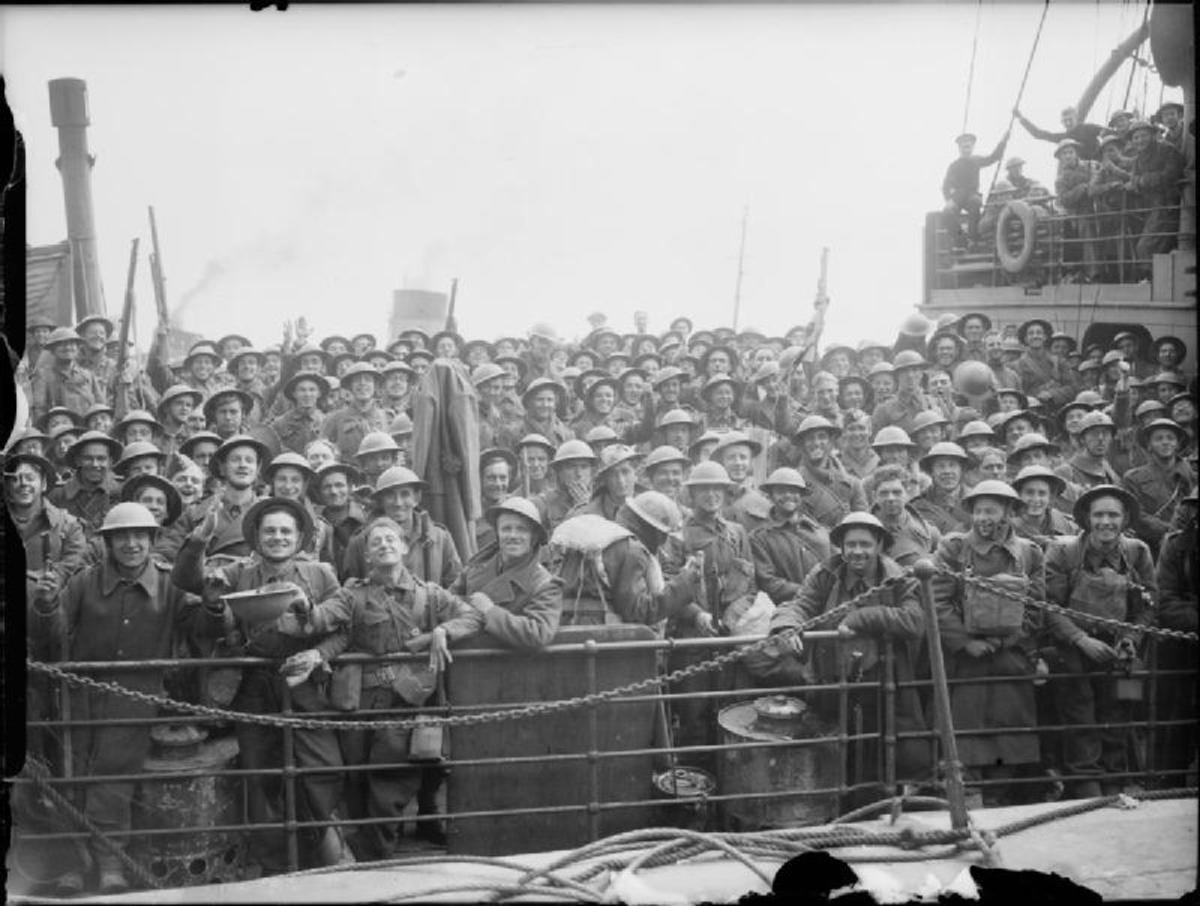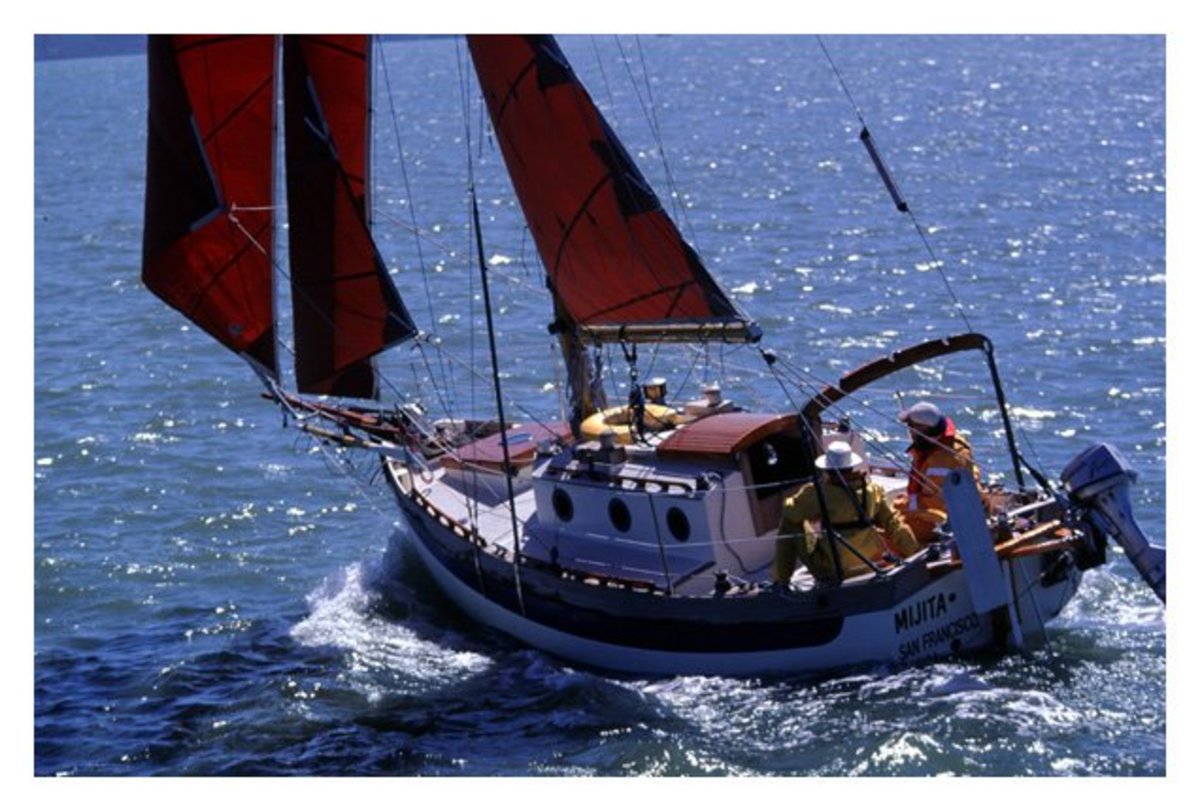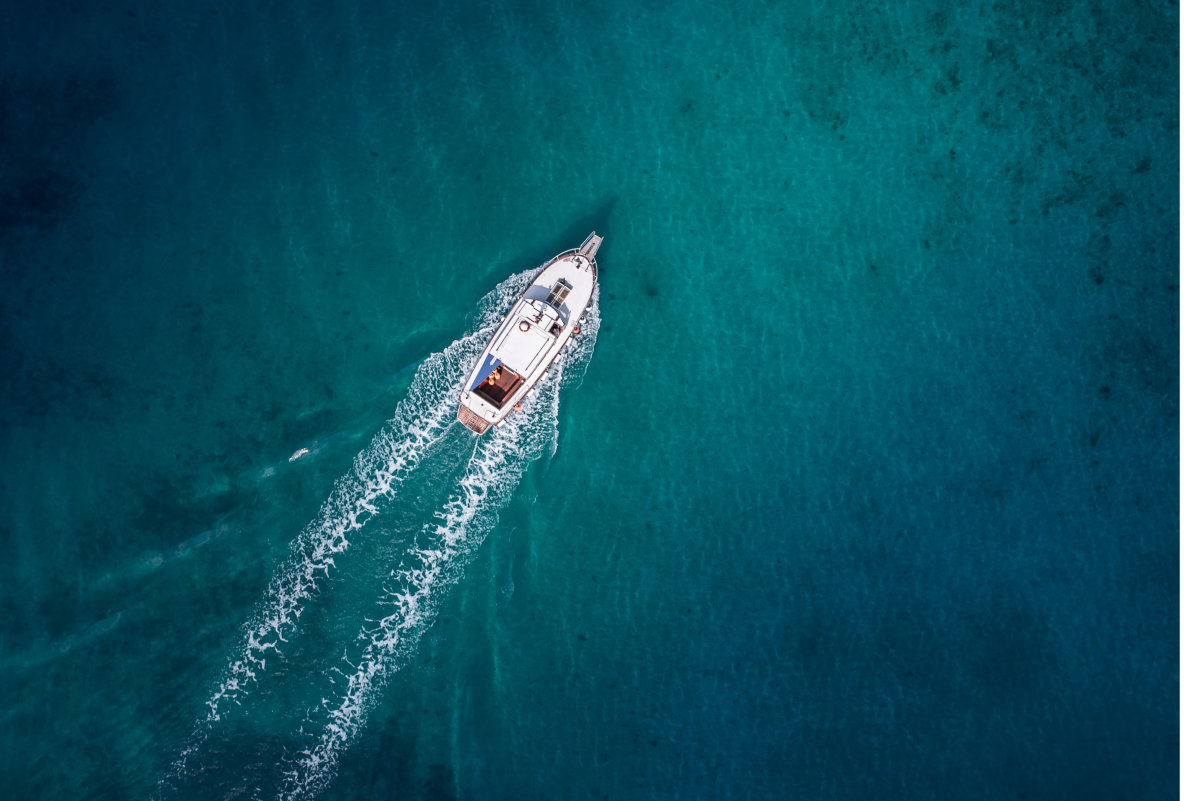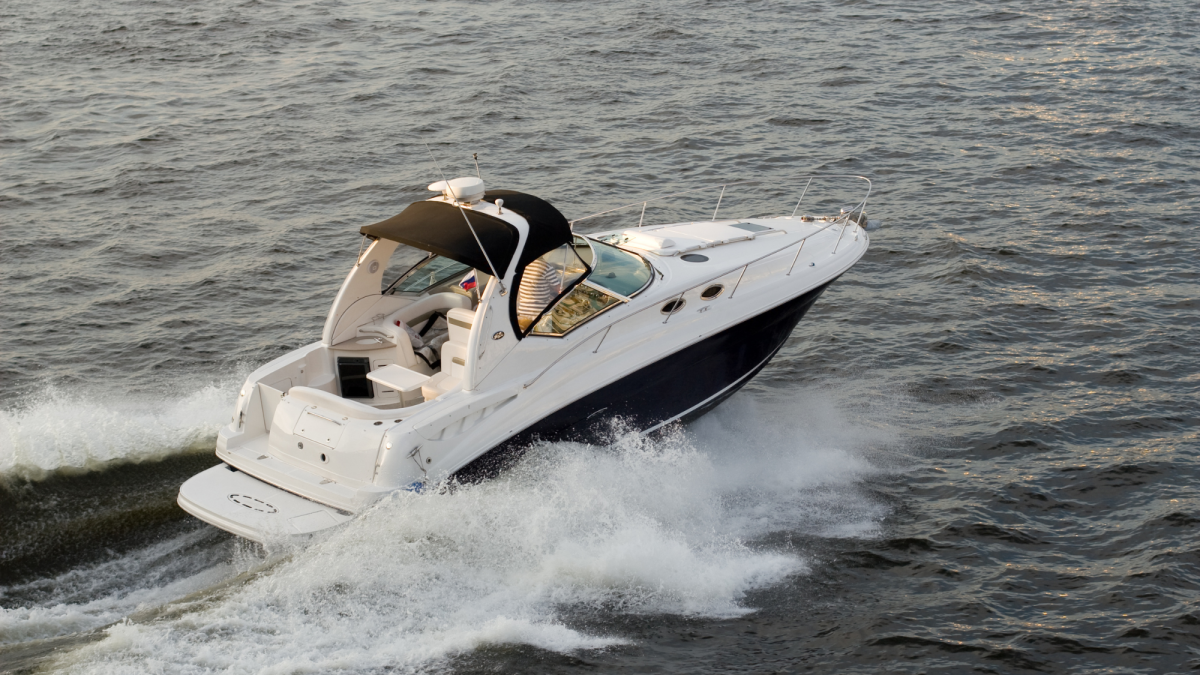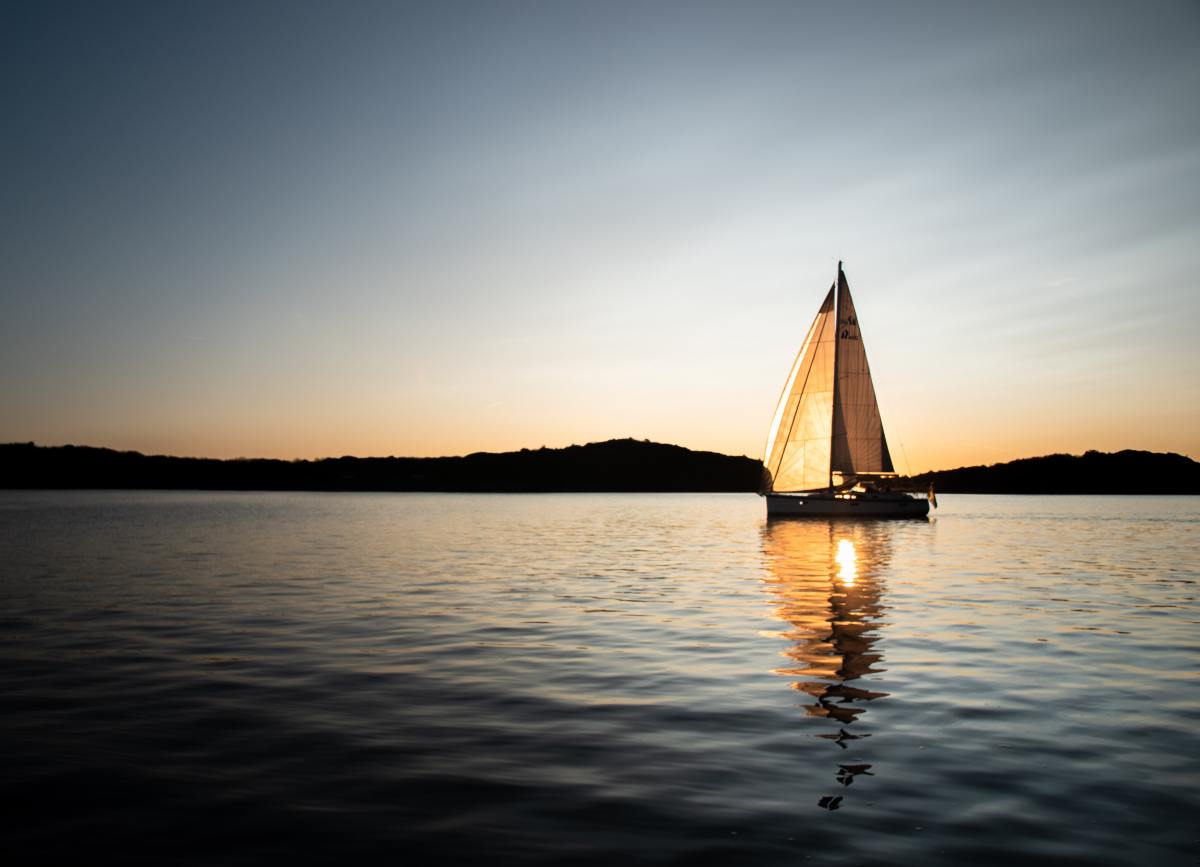You Gotta Regatta!


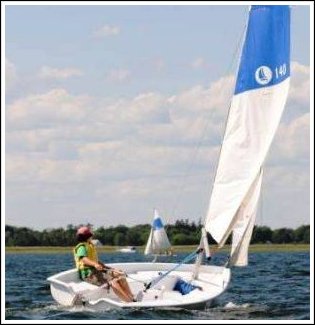
Sailing is a fun recreational sport. But it's also a very serious one and getting started involves learning the skills and basic sailing techniques needed to safely operate a vessel. These include water safety, required safety gear and sailing regulations.
The US Coast Guard Auxiliary hosts a number of basic boating courses at many locations around the country. They also teach classes for kids as well as comprehensive Sailing Skills and Seamanship courses. For those interested in sailing, this is a good place to begin.
Ever wonder how sailboats can sail at an angle into the wind? Many think boats are simply pushed along by the wind. But, that’s not true. Air moving across the sails is like air currents moving across an airplane wing. It creates lift. A small amount of this force does actually help push the boat forward and some is lost due to friction as it moves over the sail. But, most of the force tends to make the boat move sideways away from the wind. However, it’sthe keel or centerboard that keeps the boat from being pushed sideways.

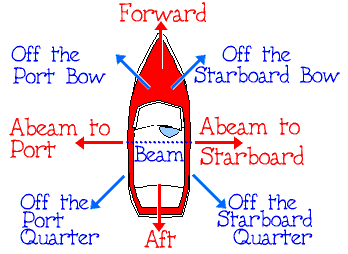
The hull and the keel translate the lifting force to forward motion. If you did not have a keel or centerboard the boat would move sideways away from the wind. A boat with a well-shaped keel will sail mainly forward while sliding slightly to leeward, or in land lubber terms, away from the direction the wind is blowing.
There are many different sizes and types of sailboats, but all work the same way in harnessing the wind for power. The most common type of small to midsize sailboat is the sloop. It has one mast and two sails. The mainsail, sometimes called a Bermuda or Marconi rig, is a tall, triangular sail mounted to the mast at its leading edge, with the foot of the sail along the boom. The sail in front is the jib or head sail. Tall thin sails produce more power when heading into the wind. Therefore, most sailboats today use a Bermuda rig.

Sailing Tutorial
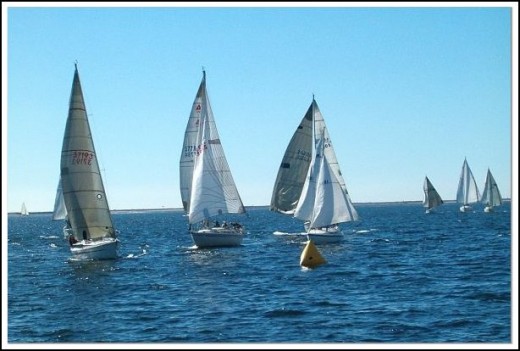
Adjusting the sails using the sheets is called trimming. Sails are trimmed to give them the best shape for sailing a direction relative to the wind. The leading, vertical edge of a sail is called theluff. When a sail is trimmed properly, it is in tight enough so the luff is not shaking or flapping. This shaking is called luffing, which means the sail is not working as efficiently as it should. Trimming the mainsail perfectly requires letting out the mainsheet until the mainsail begins to luff and then pulling it in until it stops.
Sailors use traditional nautical terms for parts of or directions on a vessel. Starboard means right and port is left. Forward or fore refers to the front and aft means the rear. The bow is the forward part of the hull and thestern is the rear part of the hull. Vertical spars are masts while horizontal spars are called booms. These are just a basic sampling of what a sailor needs to become familiar with.
Another thing, perhaps the most important, a sailor needs to know are knots. Although only a few are required, the “bowline” in particular is a must. By also learning the “clove hitch” and "round turn and two half hitches," one can easily manage all knot requirements of sailing.
Every vessel in coastal and offshore waters is subject to the International Regulations for Preventing Collisions at Sea, orCOLREGS. On inland waterways and lakes other similar regulations apply.
The COLREGS also point out the lights to be shown on vessels at night or in restricted visibility. For example, sailing boats are required to have red and green sidelights and a white stern light.
Sailors also need to know lights, shapes and flags that may be shown by other vessels and what they mean. It is imperative to be able to discern what types of vessels are on the waters and type of activity they may be engaged in such as fishing, towing, dredging or diving. Sound signals may also be made in restricted visibility and close quarters.
Depending on the location, boating on coastal waters and inland waters may require a license. Boating on inland waters almost always does. However,boating on coastal waters usually only requires a license when a certain boat size is exceeded.
Many have become enthralled with sailboat racing sometimes called a regatta.Regattas are sporting events consisting of a series of boat or yacht races. which can range from single person dinghy racing to large boats with a crew of 10 to 20 crewmembers. Boats can cost from a few hundred dollars to millions such as for those used in the America’s Cup or Sydney to Hobart Yacht races.
However, there are more affordable ways for the novice to get involved. Community sailing clubs and local recreational organizations usually offer sailing classes. High schools and colleges may also have sailboat racing programs hosted through the Interscholastic Sailing Association in the US and the Intercollegiate Sailing Association in the US and some parts of Canada. With these options sailboat racing can actually be less expensive than golf or skiing. Sailboat racing is a sport suitable for people of all ages and genders.



